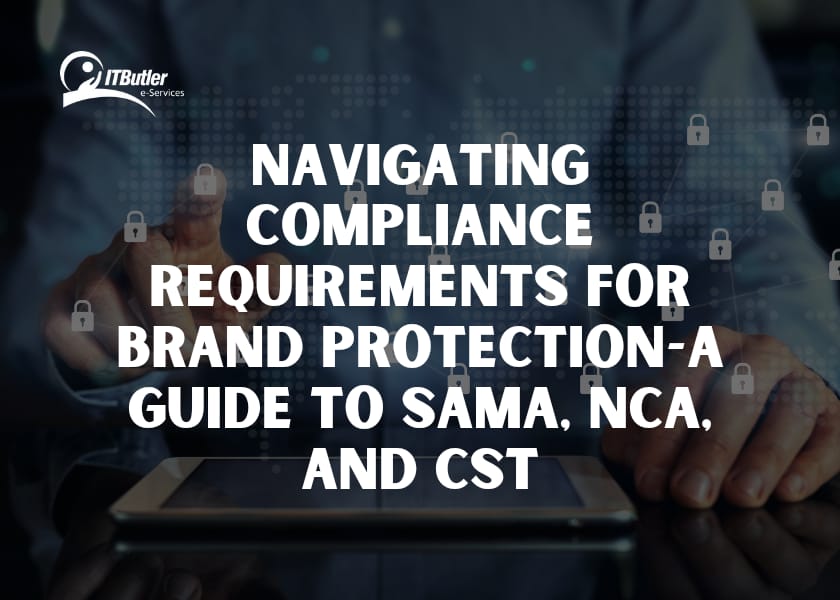Brand protection has never been easy, especially when every regulatory body has its own set of rules. If you are operating a business in Saudi Arabia, you must have heard of SAMA, NCA, and CST. However, each one has guidelines and rules of compliance for brand protection. Thus, missing even one detail can put your brand at risk. So, no need to panic, as we have a solution for you.
As part of our blog, we are going to cover how to run compliance for brand protection and how to break down the requirements set out by the SAMA, NCA, and the Communications, Space & Technology Commission. Hence, think of this as your roadmap to easy-to-follow compliance.
Understanding Compliance for Brand Protection
Before we begin with SAMA, NCA, and CST, let’s discuss why compliance is important to your brand. However, the compliance saves you from heavy fines, lawsuits, and damaged reputation.
Imagine you have spent years building your brand, investing time, effort, and money into it only to face trouble. However, the main reason for this would be the rules you’ve missed. Nobody wants to have that!
Therefore, regulatory compliance ensures not only that the business is legal but also free from cybersecurity threats. So that your brand’s reputation cannot be compromised.
Thus, it is like having a security guard at the entrance of your business. If you forget to hire that guard (compliance), the doors are left open for potential threats.
SAMA Guidelines for Brand Protection
SAMA, or the Saudi Arabian Monetary Authority operates behind the face of a financial regulator. Therefore, it plays a significant role in maintaining stability within Saudi’s financial sector. However, its guidelines are important to a business operating within this sector for the protection of its customer’s data.
Why You Should Care About SAMA’s Compliance Rules?
SAMA’s policies don’t just provide financial stability to your brand, they also build the trust of customers. Therefore, when your customers see that you do not violate SAMA’s regulations, they will be safer with you. Imagine if would you be able to trust any bank when it does not protect its vault. No, right? So, SAMA’s rules ensure that your vault is always locked tight, do they?

SAMA’s Guidelines for Brand Protection
- Data Protection Policies: SAMA has strict guidelines to store and transfer financial data. Therefore, businesses need to have the right cybersecurity infrastructure to avoid breaches.
- Risk Management: The firms need to perform consistent risk assessments for potential threats. However, it’s something that the business needs to know when the storm is coming so they’ll be prepared.
- Incident Reporting: If you discover a breach or compliance issue, you need to immediately report it. However, covering it up may get you in trouble.
In short, following the guidelines of SAMA is like having an umbrella in a rainstorm. As it keeps your brand from getting soaked in risks and legal issues.
NCA Cybersecurity Compliance for Brand Protection
In today’s world, the National Cybersecurity Authority (NCA) means the protection of digital assets. However, cybersecurity compliance for brand protection has become an absolute necessity for businesses. Whether it is customer information or a company’s sensitive information, everything needs to be secured.
Importance of Cybersecurity Compliance
Imagine going on vacation, forgetting to lock your front door, and coming back to find that your valuables are stolen. Yes, that is what companies do by not following cybersecurity measures. However, hackers just stroll in and take whatever they want including your brand’s reputation.
Therefore, NCA has set standards to ensure businesses do not commit this mistake. Thus, protecting their business from online threats and ensuring the security of customers’ information.
NCA Guidelines of Compliance for brand protection
- Access Control: Only authorized people shall access your business’s sensitive data. As It is sort of a VIP section in a club, not everyone gets to come in!
- Data Encryption: Encrypt sensitive information as it is a protection against theft. A bit like the digital equivalent of placing the valuables in the safe instead of scattering them all over.
- Cyber Incident Response: In short, it is a plan devised for the management of incidents related to cybersecurity breaches. Thus, it’s like a fire drill for a business, you need to prepare to respond quickly.
However, you are less susceptible to a data breach when you comply with NCA’s standards regarding cybersecurity standards. A breach is something you never want to deal with and it’s an inviting disaster to your doorstep.
CST Requirements of Compliance for Brand Protection
The Communications, Space & Technology Commission (CST) keeps communication safe. Hence, it’s the key to protecting your brand’s reputation. As businesses become more digital, securing the communications channel is a must.
Why CST Compliance Matters
Imagine the CST compliance as a security guard for lines of communication in your brand. Whether it is in terms of e-mails, messaging apps, or data transfers, information must be secured. The failure to do so often leads to leaks that damage your brand’s reputation and lose customers’ trust.
Key CST Requirements for Brand Protection
- Secure Communication Protocols: All communications, both within the organization and with customers should be encrypted and protected. As the CST guidelines make sure to avoid the leakage of sensitive conversations.
- Data Retention Policies: CST forces businesses to store communications data in secure locations. Further, it protects your brand and makes sure that all government regulations are met.
- Monitoring and Auditing: CST believes that monitoring the communication network should be performed to detect malicious activity. Moreover, the routine audits ensure everything is running smoothly.
In other words, the CST requirements can be termed as a lockbox for communications of your brand. It prevents unauthorized entry and ensures all your digital exchanges are kept safe.
Regulatory and Cybersecurity Compliance for Brand Protection
The combination of SAMA, NCA, and CST guidelines creates a multi-layered security for your brand. Each organization will ensure your business stays compliant, secure, and safe from both legal and cyber threats.
How Regulatory Compliance Protects Your Brand?
Builds Trust: This means a lot to your customers, as they will see you adhere to the SAMA, NCA, and CST rules. So, trust is everything in business and compliance helps you earn that.
Prevents financial loss: Non-compliance causes massive fines and legal fees. So, consider compliance as an investment. It may look like a hassle now, but it saves you from disaster later.
Protection of Brand Image: Data breaches and legal issues can damage your brand’s image. So, compliance with these guidelines will ensure that your brand does not collapse. Thus, maintaining a respected brand image.
Conclusion
Navigating around compliance for brand protection is overwhelming, but if you follow the guidelines of SAMA, then NCA and CST. However, these keep your brand away from legal and cyber threats. In other words, it is like having three separate layers of protection for your business. Each one plays a very significant role in keeping your brand safe.
So whether you have been doing business for decades or have just entered the market. Remember, it is always better to be safe than to deal with threats later on. Furthermore, with all these organizations looking out for you, focus more on what matters and grow your brand!
Frequently Asked Questions
-What are brand protection strategies?
Brand protection strategies are techniques and practices applied by business organizations to protect their brand from thefts of intellectual property.
-How is brand compliance ensured?
There are 5 ways to maintain the compliance for a brand:
- Create a dedicated brand department
- Always recheck your products and services for your branding
- Allow employees to participate in compliance efforts
- Use software designed to ease the process
- Examine your guidelines and communication materials
-What are the 5 C’s of branding?
Here are the five C’s for branding:
- Clarity
- Consistency
- Content
- Connection
- confidence






